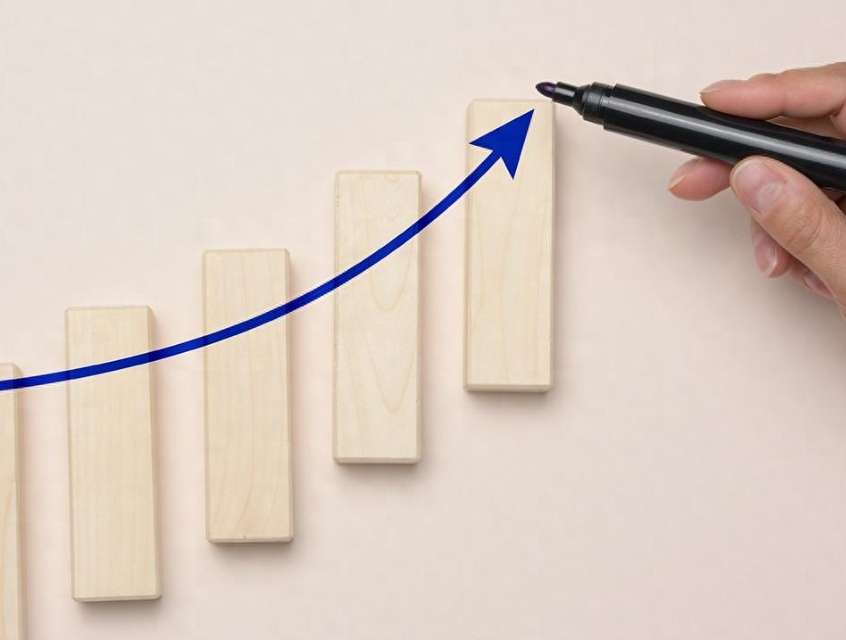Historically, the primary sources of investment returns in the stock market have been earnings growth and valuation appreciation. Over the past three decades, China has experienced rapid economic development, and during this period, companies achieved significant earnings growth driven by the rapid expansion of industry scale and market share. In such high-growth phases, a company’s valuation often increases significantly alongside its earnings.
As a result, dividends and buybacks have played a relatively minor role in the overall investment returns during this period for several reasons. First, when a company’s earnings are growing at a rapid pace, often exceeding 30% annually, a few percentage points in dividend yields appear relatively modest and fail to attract significant attention from investors. Second, when a company’s valuation is high, even 100% of earnings paid out as dividends will not lead to a high dividend yield. Third, during periods of high growth, companies typically reinvest their profits into expanding their operations, which offers higher returns on equity (ROE) than paying out dividends or executing buybacks.
Looking forward, several changes are gradually taking place. If we examine the market conditions of the past year, we can observe that the importance of dividends and buybacks in investment returns has been increasing. On the one hand, many industries and companies are entering the mature phase of their development. As these companies and industries expand, growth slows down, which is a normal and inevitable economic trend. Consequently, we see that the growth potential of many companies is gradually declining. On the other hand, with the slowing down of growth, it becomes difficult for companies to achieve significant increases in valuation. According to the discounted cash flow (DCF) model, as growth slows, the potential for further valuation appreciation diminishes, leading to a reduced contribution from earnings growth and valuation increases to overall returns. Of course, within specific sub-industries or emerging sectors, there are still some companies experiencing rapid growth, but overall, the number of such high-growth companies is decreasing.
 As more companies enter the maturity phase, dividends and buybacks are becoming increasingly important in driving investment returns. First, after years of development, many companies have accumulated significant amounts of cash and are capable of paying dividends and repurchasing shares. Second, as company valuations decrease, the same dividend payout can result in a significantly higher dividend yield. In addition, many companies are increasing their dividend payout ratios, encouraged by policies from relevant authorities. Third, as companies mature, the elasticity of earnings and valuations weakens, thereby increasing the proportion of returns derived from dividends and buybacks.
As more companies enter the maturity phase, dividends and buybacks are becoming increasingly important in driving investment returns. First, after years of development, many companies have accumulated significant amounts of cash and are capable of paying dividends and repurchasing shares. Second, as company valuations decrease, the same dividend payout can result in a significantly higher dividend yield. In addition, many companies are increasing their dividend payout ratios, encouraged by policies from relevant authorities. Third, as companies mature, the elasticity of earnings and valuations weakens, thereby increasing the proportion of returns derived from dividends and buybacks.When considering future investments, we continue to focus on growth—identifying companies that are able to scale up and strengthen their market positions. At the same time, we are paying more attention to value stocks, as an increasing number of attractive value investments are emerging in the market. These companies are typically in relatively mature industries with stable competitive dynamics, and they generate consistent cash flows that allow them to pay regular dividends, providing investors with a stable income stream. These stocks can be a sound option for conservative investors seeking steady returns. Of course, some companies may not yet meet this profile from a financial perspective, but there is potential for them to become such assets in the near future by reducing capital expenditures and improving operating cash flows. Over the past two years, we have seen strong performance from dividend-paying and high-yield stocks, and this trend is tied to the broader shift in market dynamics.
Let’s consider a simple numerical example. Suppose there is a stable, mature company that experiences no growth at all, and we apply a discount rate of 10%. Using a basic DCF model, the company's price-to-earnings (PE) ratio would be 1/(r-g) = 10x. If the dividend payout ratio is 50%, the annual dividend yield for investors would be 5%. This scenario is likely to occur for industry leaders in mature sectors with strong competitive positions, offering investors a steady return of 5% annually. Compared to current interest rates on deposits, this still offers a reasonable advantage.
Now, let’s introduce a slight growth rate of 2% per year. Considering inflation, this level of growth is not excessive, and with other assumptions unchanged, the total annual return would be 5% + 2% = 7%. This shows that even a modest growth rate can significantly enhance the investment return on value stocks, especially when compounded over the long term. Even small growth rates of 2% to 3% annually can lead to substantial increases in total returns over time.
The key takeaway here is that while growth stocks have long been the focus of investors seeking high returns, the appeal of value stocks with steady dividends and moderate growth is rising. In the future, it may be more important than ever to strike a balance between growth and value investing, especially as more companies mature and their potential for high-growth starts to diminish. For investors seeking stable returns with lower risk, value stocks in mature sectors, with consistent dividend payouts and modest growth, could provide a solid investment opportunity for years to come.